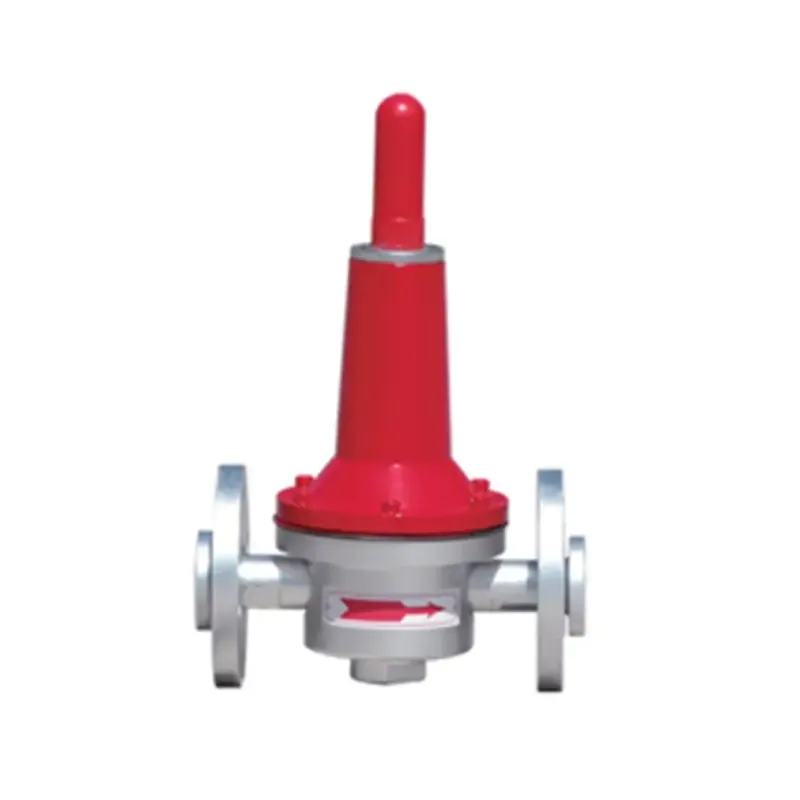
Dec . 15, 2024 12:02
Back to list
pressure reducing regulators
Understanding Pressure Reducing Regulators Key Components and Functions
Pressure reducing regulators (PRRs) play a crucial role in various industries by ensuring that gases and liquids are delivered at a consistent and safe pressure. These devices are particularly important in applications ranging from medical gas systems to industrial gas handling processes, where fluctuations in pressure can lead to inefficiencies, equipment damage, or safety hazards. This article delves into the function, components, and importance of pressure reducing regulators.
What is a Pressure Reducing Regulator?
A pressure reducing regulator is a mechanical device designed to reduce and regulate the pressure of gas or liquid to a desired level. The primary function of a PRR is to maintain a steady output pressure regardless of changes in the inlet pressure or flow rate. By doing so, these regulators help ensure that the downstream equipment operates within safe and efficient parameters.
How Does a Pressure Reducing Regulator Work?
The operation of a pressure reducing regulator is based on the principle of pressure differential and the use of a control mechanism. When high-pressure gas enters the regulator, it encounters a diaphragm that responds to the force of the incoming pressure. As the gas pushes against the diaphragm, it compresses a spring, which is calibrated to allow a specific output pressure. Once the desired pressure is achieved, the regulator modulates the flow by opening or closing a valve to maintain this pressure.
Key Components of PRRs
1. Diaphragm This flexible membrane responds to pressure changes and is the heart of the regulation mechanism. It separates the high-pressure side from the low-pressure side, allowing for precise control.
2. Spring The spring applies a counter-pressure to the diaphragm, helping to calibrate the desired output pressure. The tension in the spring can often be adjusted to set different output pressures.
3. Adjustable Screw Many regulators feature an adjustable screw that allows users to modify the spring tension and, consequently, the output pressure.
pressure reducing regulators

4. Valves The valves control the flow of gas or liquid. They open or close in response to the movement of the diaphragm and spring assembly.
5. Body and Ports The body of the regulator houses all the internal components and connects to the inlet and outlet ports, facilitating the flow of the media being regulated.
Applications of Pressure Reducing Regulators
1. Medical Equipment In healthcare settings, PRRs are essential for delivering gases like oxygen at safe, regulated pressures for inhalation therapy and anesthesia.
2. Industrial Processes Many manufacturing processes involve gases that must be used or transported at specific pressures. PRRs help maintain these pressures to ensure efficiency and safety.
3. Fire Suppression Systems In fire safety applications, regulators ensure that water or extinguishing agents are delivered at appropriate pressures to effectively suppress fires.
4. Food and Beverage Industry In processing and packaging, PRRs help maintain the necessary pressure for gases involved in carbonating beverages or ensuring product safety.
Importance of Pressure Reducing Regulators
The significance of PRRs cannot be overstated. They not only enhance operational efficiency and protect equipment but also play a critical role in ensuring safety. Unregulated pressures can lead to equipment failure, explosions, or leaks, which can result in significant damage or loss of life. By incorporating PRRs into systems, industries can mitigate these risks, maintain quality, and comply with safety standards.
In conclusion, pressure reducing regulators are vital components in a multitude of applications, safeguarding both equipment and personnel by ensuring consistent and safe operating pressures. As technology advances, the design and functionality of these regulators continue to improve, making them even more reliable and efficient in their applications. Understanding their operation and selecting the appropriate type of regulator are essential steps for ensuring effective pressure management in various settings.
Latest news
-
Safety Valve Spring-Loaded Design Overpressure ProtectionNewsJul.25,2025
-
Precision Voltage Regulator AC5 Accuracy Grade PerformanceNewsJul.25,2025
-
Natural Gas Pressure Regulating Skid Industrial Pipeline ApplicationsNewsJul.25,2025
-
Natural Gas Filter Stainless Steel Mesh Element DesignNewsJul.25,2025
-
Gas Pressure Regulator Valve Direct-Acting Spring-Loaded DesignNewsJul.25,2025
-
Decompression Equipment Multi-Stage Heat Exchange System DesignNewsJul.25,2025

